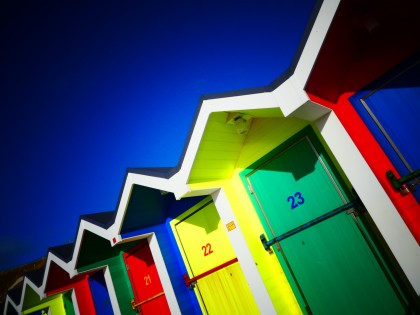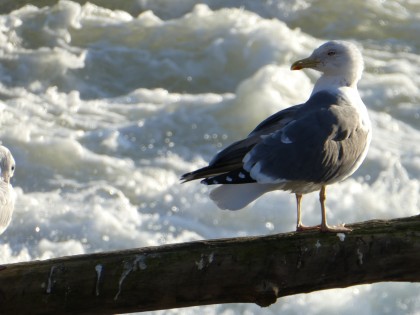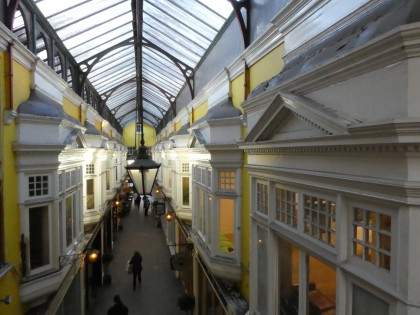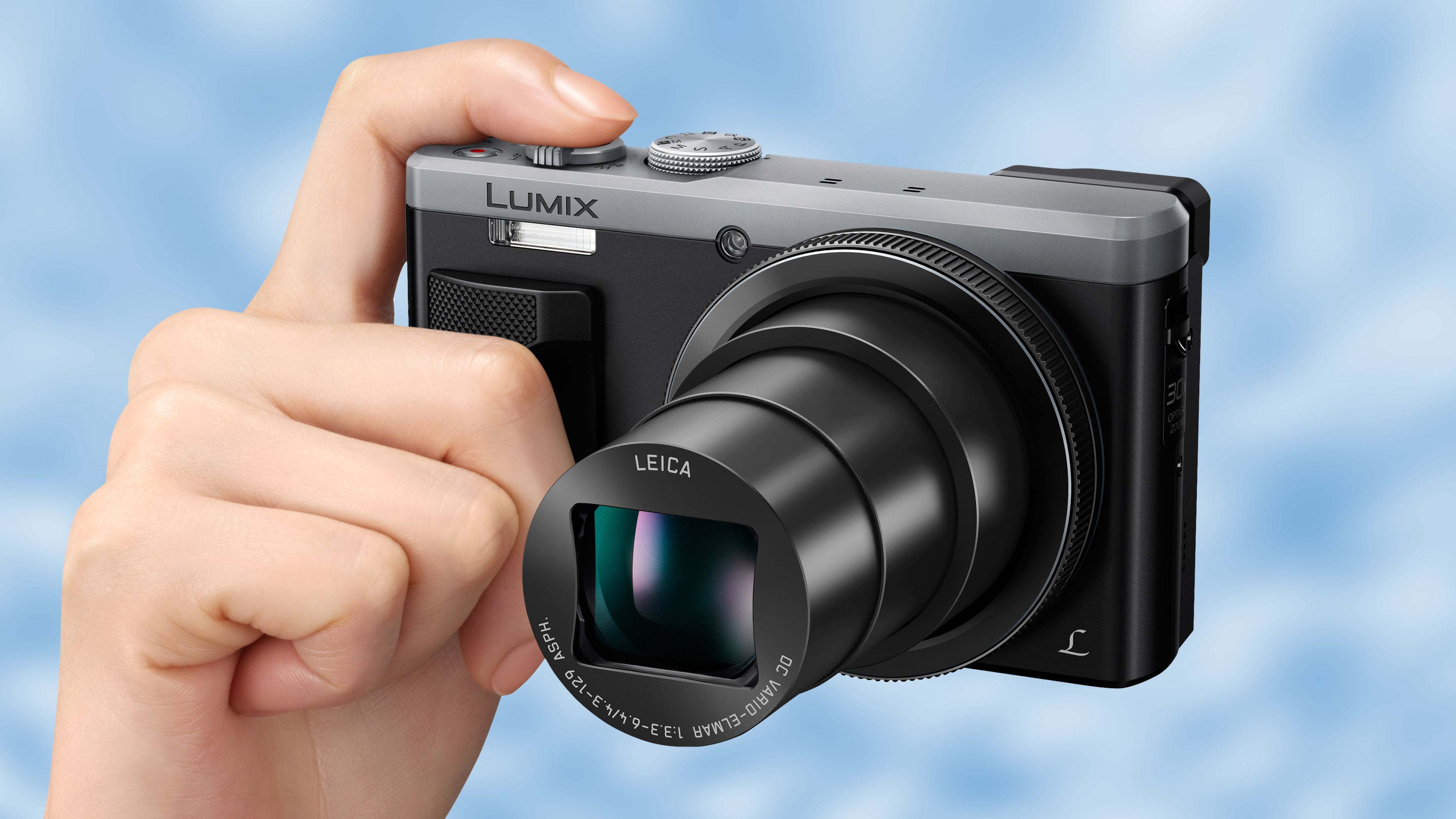Why you can trust TechRadar
At the time of the TZ70's launch, Panasonic said its decision to reduce pixel count was in the interest of image quality, so it seems a little bit strange to up that resolution again quite so soon.
Sadly, perhaps as a result of that decision, images don't seem to have quite the same high quality as those from the TZ70. In good light, the overall impression of detail is very good, but if you examine images at 100%, even those taken at relatively low ISOs (such as ISO 200), it's possible to see image smoothing and a loss of detail.
As you go up the sensitivity scale, it's not really noise that starts to become an issue in JPEGS, but its removal – the TZ80's image smoothing results in a painterly effect that is severe enough for images taken at IS0 3200 to only really be useable at small printing sizes. On the plus side, as the TZ80 can shoot raw format files, you can switch off noise reduction in post-production and reveal much more detail in higher ISO shots – you will see noise by doing this, but you may find this preferable to excessive smoothing. At the time of writing, it's not possible to open the TZ80's files in Adobe Camera Raw, but you can use Silkypix, which is available as a free download from Panasonic's website.

- At the widest point of 24mm, the TZ80's lens has great scope for capturing landscapes. Click here for a full size version.

- The 30x optical zoom allows you to get very close to your subject - these are the windows from the building in the wide-angle shot. Detail is not quite on par with images taken at the far end of the TZ70's focal length range. Click here for a full size version.

- Digital zoom settings are also available – which are handy if you're desperate to get even closer, but suffer from a loss of image quality. Click here for a full size version.

- There's a wide range of digital filters – this one is called Toy Pop. Click here for a full size version.

- Having a 30x optical zoom gives you good flexibility to get closer to subjects that would be out of reach with other cameras. Click here for a full size version.

- As you move up through the sensitivity range, image smoothing becomes even more problematic, as evidenced by this shot at ISO 1600. Click here for a full size version.
Focusing speeds are very quick – the introduction of DFD technology seems to have been a good choice, as even in darker conditions, the TZ80 has very little trouble locking on to a target. Using all-purpose metering tends to result in well balanced images most of the time, while the automatic white balance copes well with a range of different lighting conditions. It can be a little confused by mixed lighting, in which case switching to one of the presets, such as Fluorescent, can result in more accurate colours.
Images taken at the full 30x reach of the lens are a little less sharp than images taken at the full reach of the TZ70's lens. Again, that's okay for small printing or sharing sizes, but anything larger than a 7 x 5-inch print could be problematic. Other focal lengths are a little better, though, while the inbuilt optical image stabilisation helps to keep blur out of shots when using long focal lengths such as 20x or above.
Amy has been writing about cameras, photography and associated tech since 2009. Amy was once part of the photography testing team for Future Publishing working across TechRadar, Digital Camera, PhotoPlus, N Photo and Photography Week. For her photography, she has won awards and has been exhibited. She often partakes in unusual projects - including one intense year where she used a different camera every single day. Amy is currently the Features Editor at Amateur Photographer magazine, and in her increasingly little spare time works across a number of high-profile publications including Wired, Stuff, Digital Camera World, Expert Reviews, and just a little off-tangent, PetsRadar.

